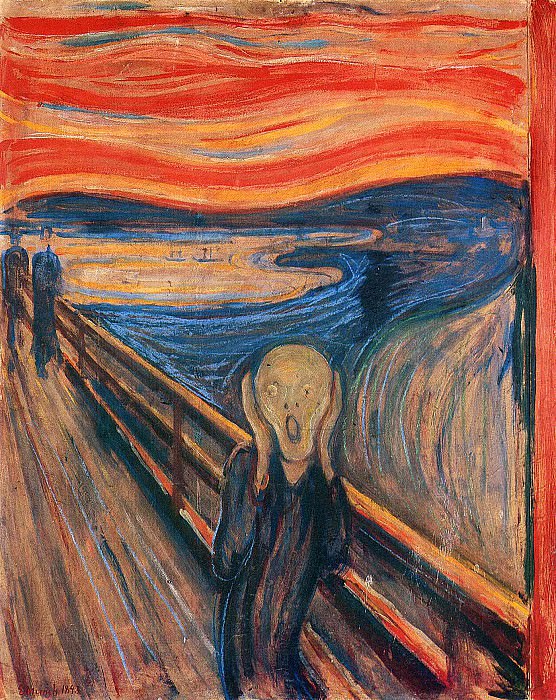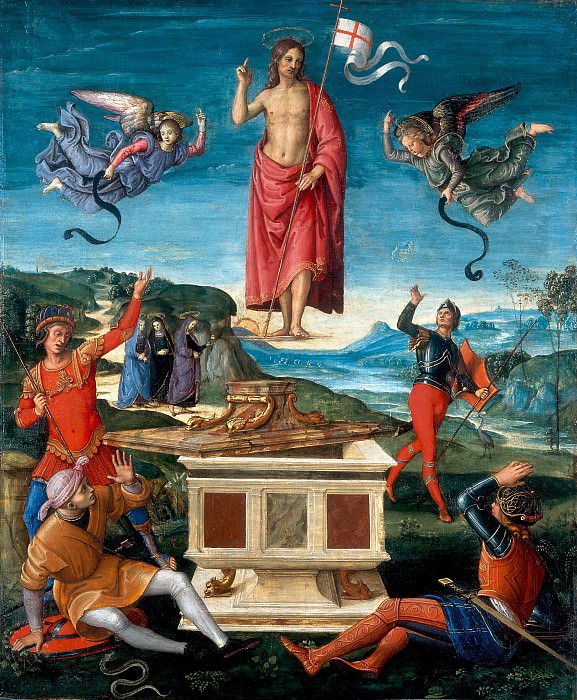The Rich Tapestry of Kosovo Art: A Journey Through History and Culture
Kosovo, a small but culturally vibrant region in the Balkans, has a rich history of artistic expression that reflects its diverse cultural heritage and tumultuous past. From ancient artifacts to contemporary works, the art of Kosovo tells the story of a land that has been shaped by various influences, yet remains distinct in its identity. This exploration of Kosovo's art delves into its historical roots, the impact of political and social changes, and the emergence of modern artistic trends.
Historical Roots of Kosovo Art
Kosovo's artistic heritage dates back to ancient times, with evidence of artistic activities found in archaeological sites across the region. The most notable of these are the prehistoric cave paintings and carvings that have been discovered in various locations. These early works are believed to be connected to religious and ritualistic practices, offering a glimpse into the spiritual life of ancient Kosovars.
The influence of the Roman Empire also left its mark on Kosovo's art, particularly in the form of mosaics and sculptures. The city of Ulpiana, one of the most important Roman settlements in the Balkans, is home to several well-preserved mosaics that depict scenes from mythology and everyday life. These works demonstrate the skill and creativity of local artisans who were adept at incorporating Roman artistic techniques into their own traditions.
The Medieval Period: A Golden Age of Art
The medieval period in Kosovo is often regarded as a golden age of art, particularly in the realm of religious art. This era saw the construction of many Orthodox Christian monasteries and churches, which became centers of artistic production. The frescoes and icons created during this time are some of the most important examples of Byzantine art in the region.
The Monastery of Visoki Dečani, built in the 14th century, is one of the most significant cultural landmarks in Kosovo. Its frescoes, which cover the walls and ceilings of the church, are renowned for their detail and vibrant colors. These works depict scenes from the Bible, the lives of saints, and the Day of Judgment, offering insight into the religious beliefs and artistic sensibilities of the time.
In addition to religious art, the medieval period also saw the development of secular art, particularly in the form of metalwork and jewelry. Craftsmen in Kosovo were known for their skill in creating intricate designs using gold, silver, and other precious materials. These works were often commissioned by the nobility and served as symbols of wealth and power.
The Ottoman Influence
The arrival of the Ottoman Empire in the 15th century brought significant changes to Kosovo's art and culture. The Ottomans introduced new artistic styles and techniques, particularly in the areas of architecture and decorative arts. Islamic art, characterized by intricate geometric patterns and calligraphy, became prevalent in the region.
One of the most prominent examples of Ottoman art in Kosovo is the Gazi Mehmet Pasha's Mosque in Prizren, built in the 16th century. The mosque's interior is adorned with beautiful calligraphy and decorative tiles, reflecting the Islamic artistic tradition. The use of floral and geometric motifs in the mosque's design also highlights the fusion of local and Ottoman influences.
During this period, Kosovo also became known for its textile arts, particularly carpet weaving. The carpets produced in Kosovo were highly sought after for their quality and intricate designs. These textiles often featured traditional motifs such as stars, flowers, and animals, which were believed to have protective and symbolic meanings.
The 20th Century: A Time of Transition
The 20th century was a time of significant political and social upheaval in Kosovo, which had a profound impact on its art. The region experienced two world wars, the dissolution of Yugoslavia, and a brutal conflict in the late 1990s, all of which influenced the themes and styles of its artists.
In the early part of the century, Kosovo's art was largely influenced by the academic traditions of Europe. Many artists were trained in art schools in Belgrade, Zagreb, and other major cities, where they were exposed to modernist movements such as Impressionism, Expressionism, and Surrealism. These styles were adapted by Kosovo artists to reflect their own experiences and cultural background.
One of the most prominent artists of this period was Muslim Mulliqi, whose works are characterized by their bold colors and abstract forms. Mulliqi's paintings often depict the landscape and people of Kosovo, but with a modernist twist that reflects the influence of European avant-garde movements. His work is seen as a bridge between traditional and contemporary art in Kosovo.
The latter half of the 20th century saw the rise of a new generation of artists who were more experimental in their approach. These artists began to explore new media and techniques, such as photography, video art, and installation art. Their works often addressed social and political issues, reflecting the turbulent times in which they lived.
Contemporary Kosovo Art: A New Identity
The conflict in the late 1990s and the subsequent declaration of independence in 2008 have had a lasting impact on Kosovo's art. In the post-war period, a new wave of artists emerged who sought to express the complexities of Kosovo's identity and its place in the world. These artists have been influenced by both local traditions and global trends, resulting in a vibrant and diverse contemporary art scene.
Contemporary art in Kosovo is characterized by its exploration of themes such as memory, identity, and migration. Many artists use their work to address the trauma of war and the challenges of rebuilding a nation. For example, Petrit Halilaj, one of Kosovo's most internationally recognized artists, creates installations and sculptures that reflect his experiences of growing up during the war and his desire to preserve Kosovo's cultural heritage.
Another prominent contemporary artist is Flaka Haliti, whose work often explores issues of identity and belonging. Haliti's installations and mixed-media works challenge traditional notions of nationality and question the boundaries that define us. Her work has been exhibited in major international art events, such as the Venice Biennale, showcasing Kosovo's presence on the global art stage.
The contemporary art scene in Kosovo is also notable for its strong sense of community and collaboration. Many artists work together in collectives and artist-run spaces, creating a supportive environment for creativity and experimentation. The annual Autostrada Biennale, held in Prizren, is one such event that brings together local and international artists to engage with the social and political issues facing Kosovo and the wider world.
The Role of Art in Kosovo's Future
Art plays a crucial role in Kosovo's ongoing efforts to build a cohesive national identity and foster international recognition. As the country continues to navigate the challenges of post-conflict recovery and development, its artists are at the forefront of shaping a new narrative for Kosovo.
Artistic initiatives in Kosovo are increasingly focused on promoting cultural exchange and dialogue, both within the region and with the wider world. Programs such as the Kosovo Artists Residency Program (KARP) provide opportunities for artists to work and collaborate across borders, fostering a greater understanding of Kosovo's cultural heritage and contemporary art scene.
The preservation and promotion of traditional art forms, such as folk music, dance, and crafts, are also important aspects of Kosovo's cultural policy. These art forms are seen as vital to maintaining a connection with the past and ensuring that Kosovo's rich cultural heritage is passed down to future generations.
Conclusion
Kosovo's art is a testament to the resilience and creativity of its people. From ancient artifacts to contemporary installations, the art of Kosovo reflects the region's complex history and diverse cultural influences. As Kosovo continues to evolve as a nation, its artists will play a key role in shaping its future, using their creativity to build bridges between the past and the present, and between Kosovo and the wider world. Through their work, they ensure that the rich tapestry of Kosovo's art remains vibrant and relevant for generations to come.




